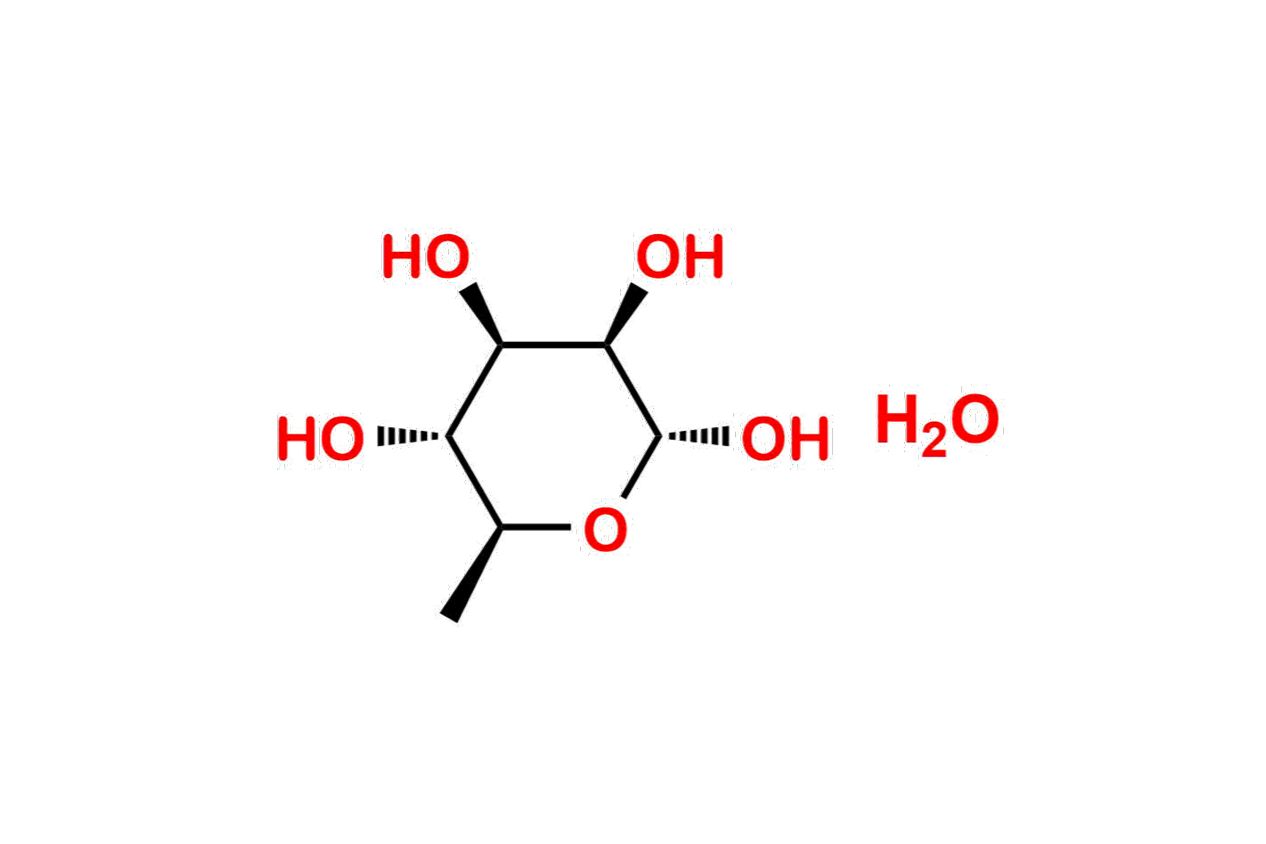
What is Rhamnose? Rhamnose is a naturally occurring sugar found in many plants. Why is it important? This sugar plays a key role in the structure of plant cell walls and has potential health benefits. Where can you find it? Rhamnose is present in various fruits, vegetables, and even some bacteria. How is it used? It's often utilized in cosmetics for its moisturizing properties and in pharmaceuticals for its potential anti-inflammatory effects. Is it safe? Generally, rhamnose is considered safe for consumption and topical use. Why should you care? Understanding rhamnose can help you make informed choices about the products you use daily.
What is Rhamnose?
Rhamnose is a naturally occurring sugar found in many plants and bacteria. It plays a crucial role in various biological processes and has numerous applications in science and industry. Let's dive into some fascinating facts about this unique sugar.
Chemical Structure and Properties
Understanding the chemical structure and properties of rhamnose helps us appreciate its versatility.
-
Rhamnose is a deoxy sugar: Unlike regular sugars, rhamnose lacks one oxygen atom, making it a deoxy sugar. This unique structure gives it distinct properties.
-
Exists in two forms: Rhamnose can be found in two isomeric forms: L-rhamnose and D-rhamnose. However, L-rhamnose is the more common form in nature.
-
Solubility: Rhamnose is highly soluble in water, which makes it easy to work with in various laboratory and industrial applications.
-
Sweetness: It has a mild sweetness, about 33% as sweet as sucrose (table sugar).
Natural Sources of Rhamnose
Rhamnose is abundant in nature, especially in certain plants and microorganisms.
-
Found in plants: Many plants, including buckthorn and poison ivy, contain rhamnose in their cell walls.
-
Microbial presence: Certain bacteria, such as Pseudomonas aeruginosa, produce rhamnose as part of their lipopolysaccharides.
-
Component of glycosides: Rhamnose is often a part of glycosides, compounds where a sugar is bound to another functional group, found in various plants.
Biological Functions
Rhamnose plays several important roles in biological systems.
-
Cell wall component: In plants, rhamnose is a key component of pectin, a structural polysaccharide in cell walls.
-
Bacterial virulence: Some pathogenic bacteria use rhamnose in their cell walls to evade the host's immune system.
-
Antioxidant properties: Rhamnose-containing compounds in plants can have antioxidant properties, helping to protect cells from damage.
Industrial and Scientific Applications
Rhamnose has numerous applications in different industries due to its unique properties.
-
Flavor and fragrance industry: Rhamnose is used as a precursor in the synthesis of flavors and fragrances.
-
Pharmaceuticals: It is used in the production of certain antibiotics and other pharmaceutical compounds.
-
Cosmetics: Rhamnose is included in some skincare products for its potential anti-aging properties.
-
Biotechnology: Researchers use rhamnose in genetic engineering to control the expression of certain genes.
Health and Nutrition
Rhamnose also has implications for health and nutrition.
-
Prebiotic potential: Rhamnose may act as a prebiotic, promoting the growth of beneficial gut bacteria.
-
Low glycemic index: It has a low glycemic index, making it a suitable sugar alternative for people with diabetes.
-
Digestive health: Rhamnose can be fermented by gut bacteria, producing short-chain fatty acids that support digestive health.
Interesting Facts
Here are some more intriguing tidbits about rhamnose.
-
Historical use: Indigenous peoples used plants containing rhamnose for medicinal purposes long before its chemical properties were understood.
-
Research tool: Scientists use rhamnose as a marker in various biochemical assays and experiments.
-
Environmental role: Rhamnose-containing polysaccharides in soil help maintain soil structure and fertility.
-
Synthetic biology: In synthetic biology, rhamnose operons are used to regulate gene expression in engineered organisms.
-
Food industry: Rhamnose is sometimes used as a sweetener or flavor enhancer in food products.
-
Biodegradable: Rhamnose is biodegradable, making it an environmentally friendly option in various applications.
-
Non-toxic: It is generally recognized as safe (GRAS) by regulatory agencies, meaning it is non-toxic and safe for consumption.
-
Research interest: Ongoing research continues to uncover new uses and benefits of rhamnose in various fields.
The Final Scoop on Rhamnose
Rhamnose, a naturally occurring sugar, plays a crucial role in various biological processes. Found in plants, bacteria, and fungi, it’s not just a sweetener but a key player in cell wall structure and immune response. This sugar's unique properties make it valuable in pharmaceuticals, cosmetics, and food industries. From aiding in drug delivery to enhancing skin care products, rhamnose proves its versatility. Its presence in nature and its applications in science and industry highlight its importance. Understanding rhamnose can lead to innovations in health and wellness. So, next time you come across this sugar, remember its significant impact. Whether in your skincare routine or a scientific breakthrough, rhamnose is more than just a simple sugar. It’s a powerhouse of potential, bridging the gap between nature and technology. Keep an eye out for this fascinating compound in your daily life.
Was this page helpful?
Our commitment to delivering trustworthy and engaging content is at the heart of what we do. Each fact on our site is contributed by real users like you, bringing a wealth of diverse insights and information. To ensure the highest standards of accuracy and reliability, our dedicated editors meticulously review each submission. This process guarantees that the facts we share are not only fascinating but also credible. Trust in our commitment to quality and authenticity as you explore and learn with us.
